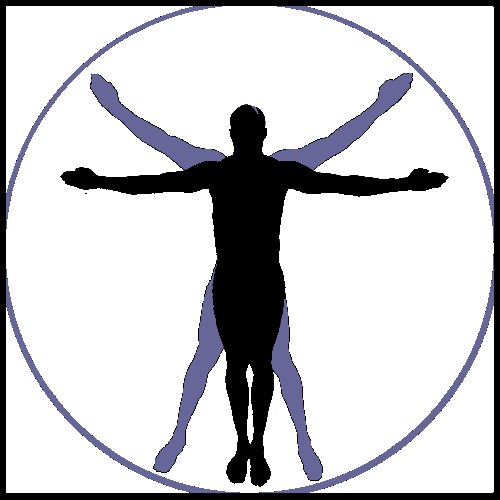What Is The Paleo Diet?
I originally put the ‘What Is The Paleo Diet?‘ link from FitBomb into my post ‘Why you got fat and what to do about it‘ earlier in June of this year. However since I have some new subscribers, I think it is important to post part of this article on my blog and entice you into reading the rest of the article, thus gaining a better understanding of the Paleo diet:
INTRODUCTION
Even after eating this way for years, we still manage to catch some of our dining companions off-guard. Their eyebrows shoot up when we order our food sans bread, pasta, rice, polenta or beans. The questions are always the same:
“Are you on Atkins or something?”
“Trying to lose weight?”
“You don’t even eat whole grains?”
“What the hell is the matter with you?”
Well, here exactly is the matter with me: I EAT PALEO. As in the Paleolithic (or “Paleo”) Diet. You may have heard of it as the Caveman Diet.
I’m sure this sounds bizarre to folks who aren’t on the Paleo bandwagon (or haven’t even heard of it). Usually, when we tell people we eat according to a Paleolithic or ancestral template, they want to hear more. But the last thing I want to do is to yak about nutritional science and evolutionary history over a meal. (I’ll do it if pressed, but it’s kind of gross when I talk with my mouth full.)
So to avoid proselytizing over the dinner table, I’m offering up this explanation of the Paleo diet — and why I’m on it — in (what I hope is) an easy-to-read Q&A format. But caveat lector: There’s a lot to cover, and hundreds of linked resources to click through (if you so choose). Take bathroom breaks as needed.
Ready? Let’s go.
PART 1: WHAT TO EAT AND WHY
Let’s start with the basics:
Q: What foods can you eat on a Paleo diet? And what can’t you eat?
A: I do my best to stick to whole, unprocessed foods: meat, eggs, seafood, non-starchy vegetables — and some (but not a ton of) fruit, nuts and seeds. I try to avoid eating things with sugar, grains (yes, whole grains, too), legumes (and not just because of their fart-inducing properties), and polyunsaturated fats. In short, I eat anything that can be hunted or gathered, and try to avoid stuff that’s processed, cultivated, or sealed in colorful plastic packaging.
My favorite description of the Paleo approach can be found on the Whole9 site:
I eat “real” food — fresh, natural food like meat, vegetables and fruit. I choose foods that are nutrient dense, with lots of naturally-occurring vitamins and minerals, over foods that have more calories but less nutrition. And food quality is important — I’m careful about where my meat comes from, and buy produce locally and organically as often as possible.
It’s not a low calorie “diet” — I eat as much as I need to maintain strength, energy and a healthy weight. In fact, my diet is probably much higher in fat than you’d imagine. Fat isn’t the enemy — it’s a great energy source when it comes from high quality foods like avocado, coconut and nuts. And I’m not trying to do a “low carb” thing, but since I’m eating vegetables and fruits instead of bread, cereal and pasta, it just happens to work out that way.
Eating like this is good for maintaining a healthy metabolism, and reducing inflammation within the body. It’s been doing great things for my energy levels, body composition and performance in the gym. It also helps to minimize my risk for a whole host of lifestyle diseases and conditions, like diabetes, heart attack and stroke…
Read the full article: FITBOMB: What Is The Paleo Diet?.
Related articles
- Paleo Diet Cheat Sheet (paleoplan.com)



Leave a Reply